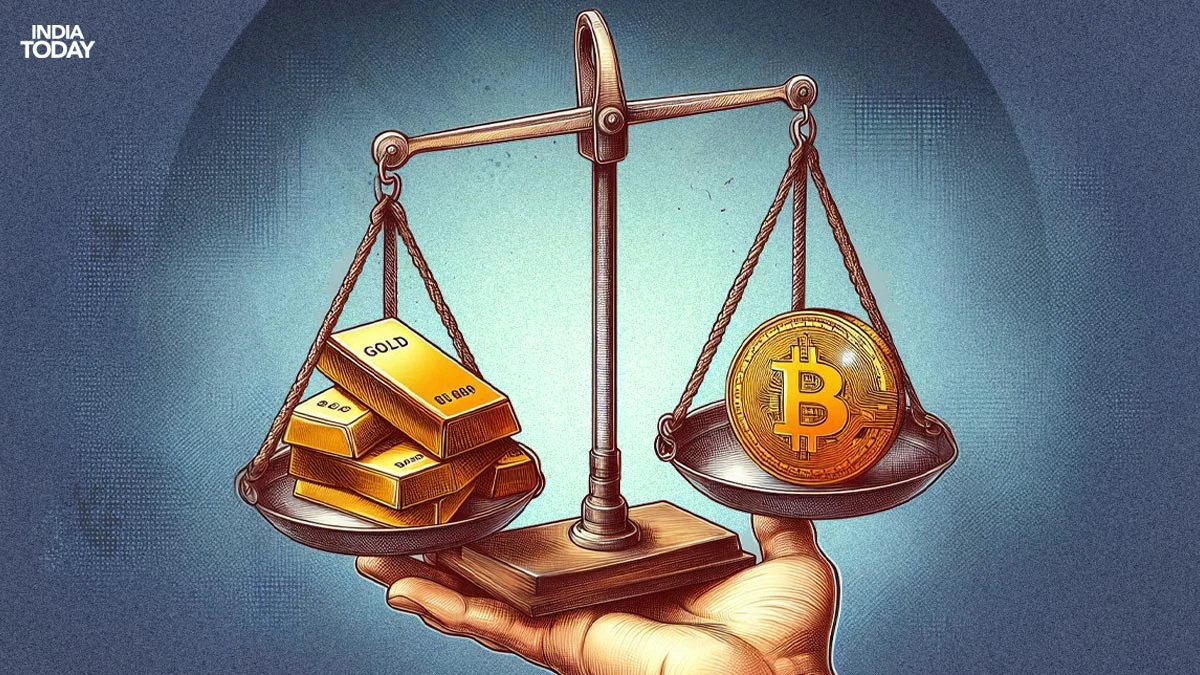Kotak Institutional Equities on Thursday said it is perplexed by the sharp increase in prices of haven assets such as gold and risky assets such as crypto and AI stocks in the past few weeks.
The former would suggest concerns about macro and growth, whereas the latter would suggest exactly the opposite.
Data showed gold prices are up 10 per cent, 19 per cent and 33 per cent in the past one, three and six months, respectively. Bitcoin is up 12 per cent, 15 per cent and 60 per cent, respectively. A basket of 14 AI stocks are up 26 per cent, 32 per cent and 93 per cent, respectively, during the same period.
“Logical explanations may exist for both, but it seems FOMO may be underlying the driver for this anomalous behavior,” the domestic brokerage said in a strategy note.
Kotak said the price of gold would suggest that the market is concerned about macro issues such as growth, inflation and geopolitics, while the sharp increase in prices of AI stocks and crypto assets would suggest that the market is euphoric about the prospects of growth in general and of risky assets, in particular.
For gold, Kotak identified six possible reasons. It said central banks could be diversifying their holdings from dollar assets to gold but the data does not corroborate the same. A second reason could be households worrying about a sharp increase in inflation. However, this does not gel with inflation data or market expectations of stable or lower policy rates, Kotak said.
A third reason could be households being nervous about geopolitical and other catastrophes. But this does not tie up with the increased risk appetite for riskier assets. Lastly, households and institutions could be engaging in speculation, which is seen from sharply higher gold ETF investments.
“We ascribe the sharp increase in AI stocks and crypto to the market’s view of a ‘new’ technological and financial order ‘displacing’ the current economic and financial system. On AI stocks, it would be interesting to see how AI companies convert their extant largely B2B ecosystem into a B2C ecosystem that involves services to and revenues from the wider economy, with the attendant challenges of positives of higher productivity and negatives of possibly lower employment,” Kotak said.
Acceptance for crypto in the real economy even after a decade is rather thin, it added.
Meanwhile, Kotak attributed the different set of expectations being implied by the rapid inflation in prices of haven and risky assets to different sets of investors having diametrically opposite views on macro, sectors, stocks and geopolitics or all investors having the same view of high returns from all assets based on strong trailing returns.
“We assume the former scenario would result in one of the two types (haven, risk) of asset classes losing large value, as only one scenario will play out. The latter scenario could see more gains or losses (tears) across asset classes depending on the level of FOMO or greed of investors,” Kotak said.
